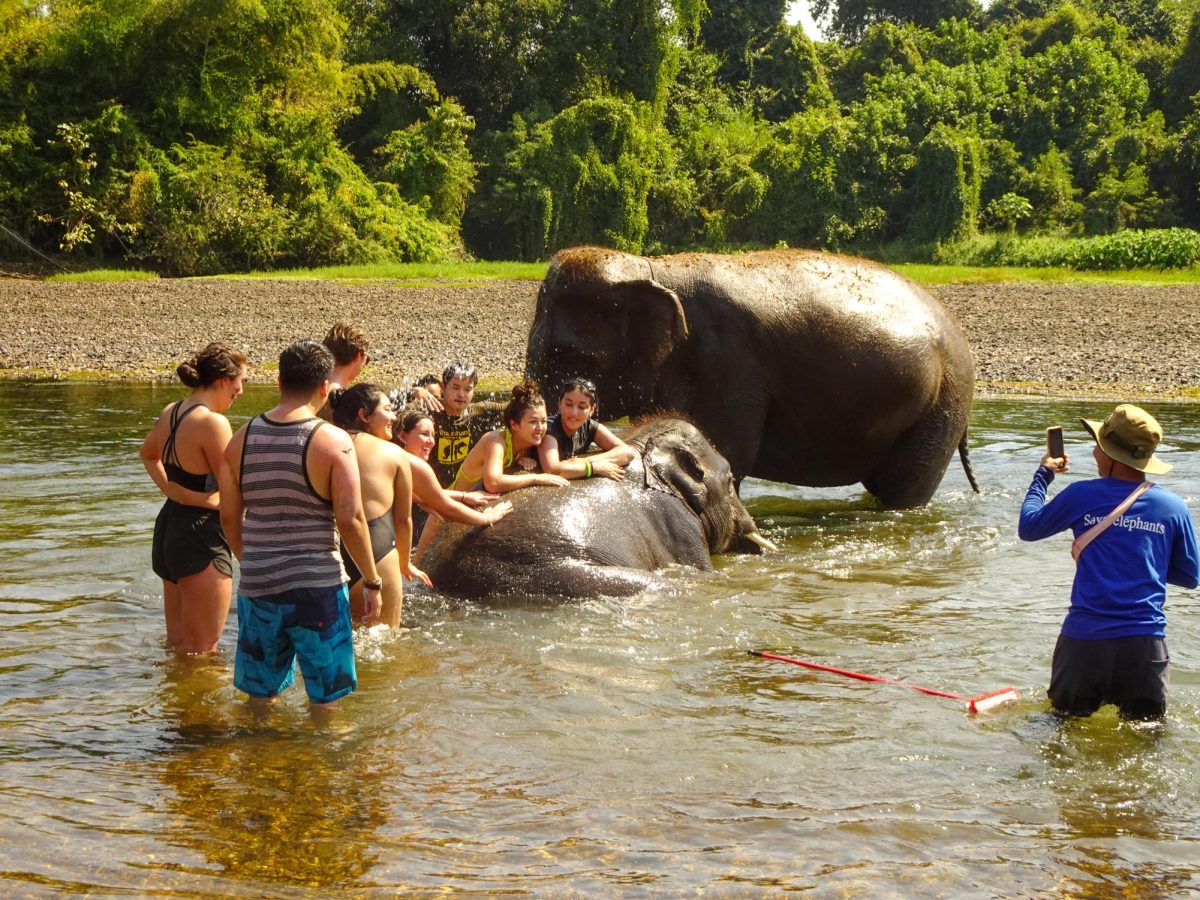Stars may signal the birth of a black hole
The death of a star can lead to several outcomes: the formation of a dense white dwarf star, a neutron star, or the birth of a black hole. Black holes form when a star collapses under the pull of its own gravity. This results in an object so dense its gravitational force is inescapable by any particle in the universe—even light. Researchers at the California Institute of Technology now claim these dying stars may produce a distinct flash that could help predict whether or not a black hole will be created.
Caltech’s claim goes against previous predictions about how black holes form. These theories claim that when a star dies, it would create an event called an “unnova,” producing no flash or explosion, which are characteristics of a supernova. The star simply disappears from existence.
Caltech postdoctoral fellow Tony Piro said this opposing theory may not be the only method of black hole formation. When a star dies, its gravitational field begins to collapse, which creates a shock wave that can penetrate the outer gaseous layers of the star at speeds as fast as two million miles per hour. The collision of the shock wave and the outer gas layers results in a bright flash. The results of Piro’s study shows the flash is 10 to 100 times brighter than previously thought and would be a promising signal for the birth of a black hole.
Though not as bright as a supernova, the black hole flashes would still be observable by astronomical surveyors for as long as 10 days. Previous surveys have not yet seen a signal resembling a black hole flash. A decadelong survey by the Large Synoptic Survey Telescope will begin this year and may aid in providing evidence to prove or disprove Caltech’s theory.
Researchers map bird flu risk in eastern China
The bird flu H7N9 that has infected 127 people in China and killed 27 has generated fear of an epidemic outbreak. Researchers at the Hong Kong Baptist University and the Chinese University of Hong Kong created a map of H7N9 risk in eastern China.
Using the migratory patterns of birds, meteorological data of the migration period and the distributional data of potentially infected poultry, the map generated risk levels in cities such as Shanghai, Zhejiang and Jiangsu.
As more research is conducted on the source and method of transmission of H7N9, researchers will be able to create a more precise figure to aid in quelling further transmission.
So far, no evidence has shown any prolonged human-to-human transmission that could lead to an epidemic. However, recent research shows the virus has begun to exhibit the ability to infect mammals and birds.






